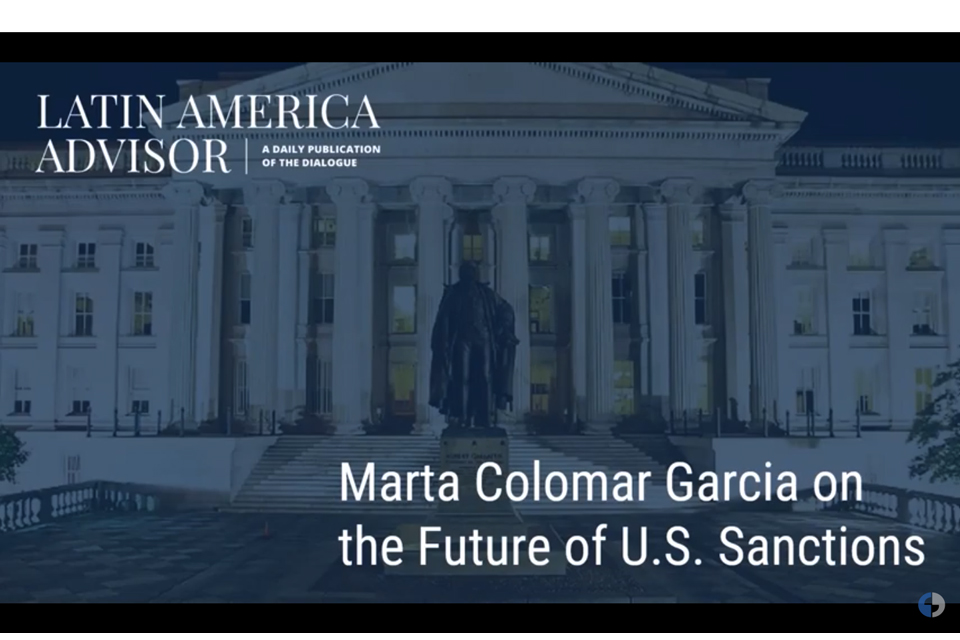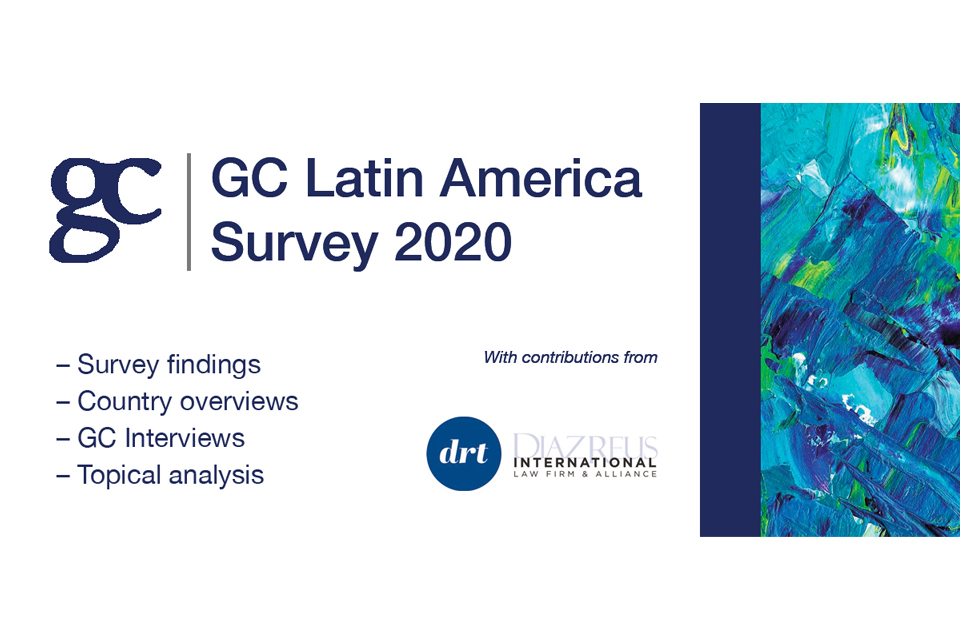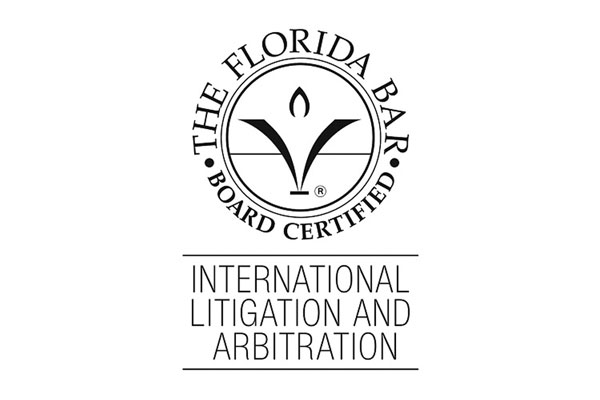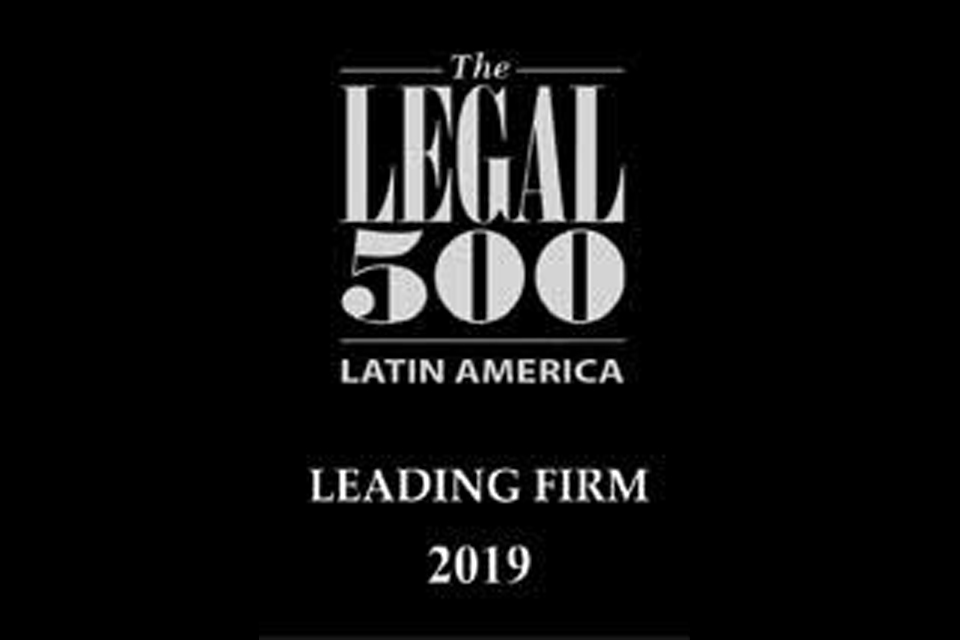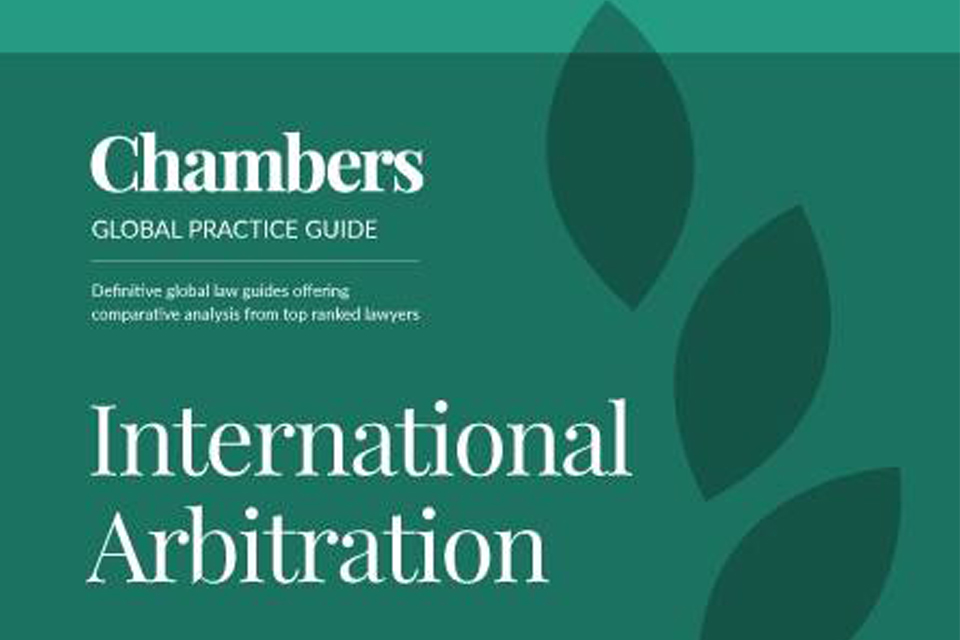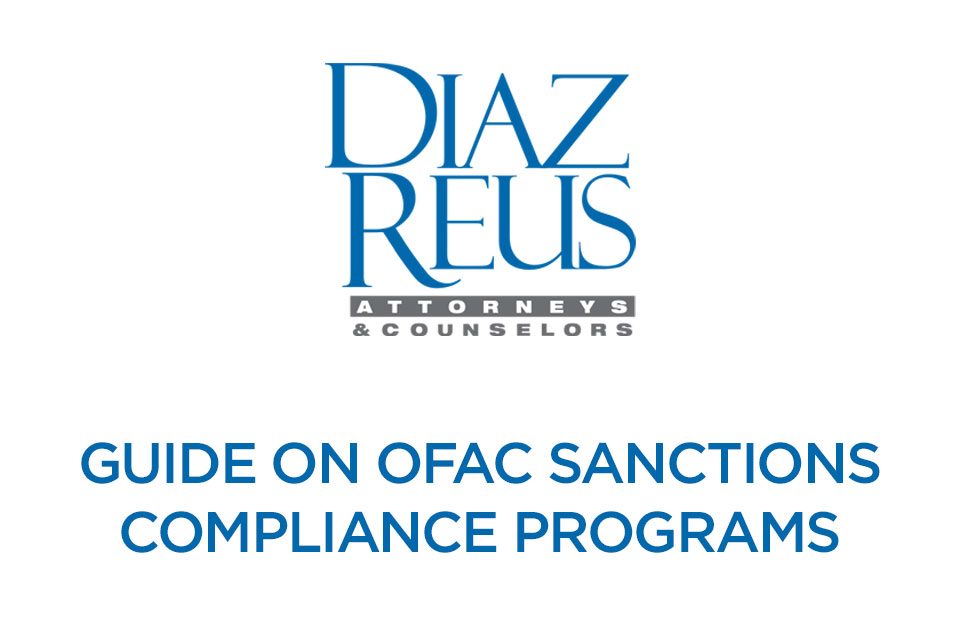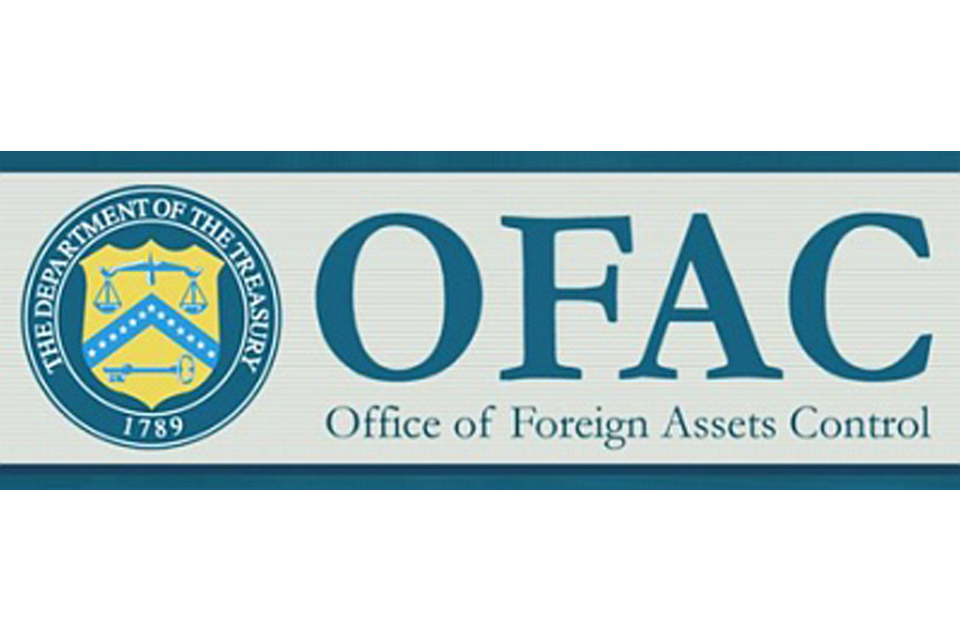The Sixth Circuit Court of Appeals overturned a money-laundering conviction against a former executive of National Century Financial Enterprises (NCFE), Roger Faulkenberry, who is currently serving time for related crimes. Based in Dublin, Ohio, NCFE was one of the largest health care finance companies in the United States until it filed for bankruptcy in November 2002. A scheme by top executives defrauded investors out of billions of dollars, and were subsequently convicted for plotting and executing financial fraud.
This landmark decision will make it more difficult for federal prosecutors to prove money laundering. This article provides a brief review of the facts and explains the court’s rationale for its ruling.
A recent Sixth Circuit Court of Appeals decision has made it more difficult for the government to prove money laundering. In United States v. Faulkenberry, which was decided on July 28, 2010, the Sixth Circuit was confronted with the issue of whether an executive of a corporation could be convicted of fraud and money laundering when it was clear that a corporation, National Century Financial Enterprises (“NCFE”) had defrauded its investors. After that executive, Roger Faulkenberry, was convicted in District Court of securities fraud, wire fraud, money laundering, and conspiracy charges, the Sixth Circuit affirmed the fraud convictions and reversed the money laundering convictions. To further understand the Court’s rationale for reversing the district court’s money laundering convictions, a brief review of the facts is instructive.
NCFE was in the business of purchasing health care provider accounts-receivable at a discount. Through a web of lies, NCFE effectively swindled a number of investors out of billions of dollars from 1995 to 2002, when NCFE filed for bankruptcy. NCFE deceived investors by advancing funds that investors had provided to health care providers without obtaining any receivables. As a result, the investors are left severely under-collateralized. In addition, NCFE provided fabricated documentation to their trustee banks to consummate the wiring of funds, and submitted monthly reports to their investors with grossly manipulated numbers.
The executive charged in Faulkenberry, Roger Faulkenberry, was the Director of Securitizations and Executive Vice-President for Client Development during his tenure at NCFE. The District Court for the Southern District of Ohio convicted Faulkenberry on all fraud, conspiracy, and money laundering counts with which he was charged.
On appeal, the Sixth Circuit held that the District Court did appropriately convict Faulkenberry of fraud and conspiracy to commit securities and wire fraud. However, based on the recent Supreme Court case Cuellar v. United States, 553 U.S. 550, 128 S. Ct. 1994 (2008), the Sixth Circuit determined that it could not uphold Faulkenberry’s money laundering convictions. Faulkenberry argued that “the government did not prove that the advance [of investor funds to a certain healthcare provider] was ‘designed in whole or in part . . . to conceal or disguise’ the nature of the source of the fraudulently obtained $22 million.” The Sixth Circuit agreed. The Court cited to the Cuellar decision, in which the Supreme Court held that “‘design’ means purpose or plan; i.e., the intended aim of the transportation.” As a result, the Faulkenberry court held that
[t]o prove a violation of [the relevant money laundering section] . . . it is not enough for the government to prove merely that a transaction was structured to conceal the nature of illicit funds. Concealment – even deliberate concealment – as mere facilitation of some other purpose, is not enough to convict. What is required, rather, is that concealment be an animating purpose of the transaction.Stated differently, the government must prove the purpose of the transaction. Based on that interpretation of “designed,” the Court found that the government failed to prove purpose. “Money in motion does not necessarily equal money laundering.” Furthermore, just because documents required to commence a transaction may themselves be deceptive, it cannot be assumed that those deceptive documents were used to conceal the nature of the advanced funds. With this new Sixth Circuit decision, we will continue to monitor how the other circuit courts employ the “design” language found in Cuellar and how this affects white collar money laundering charges.











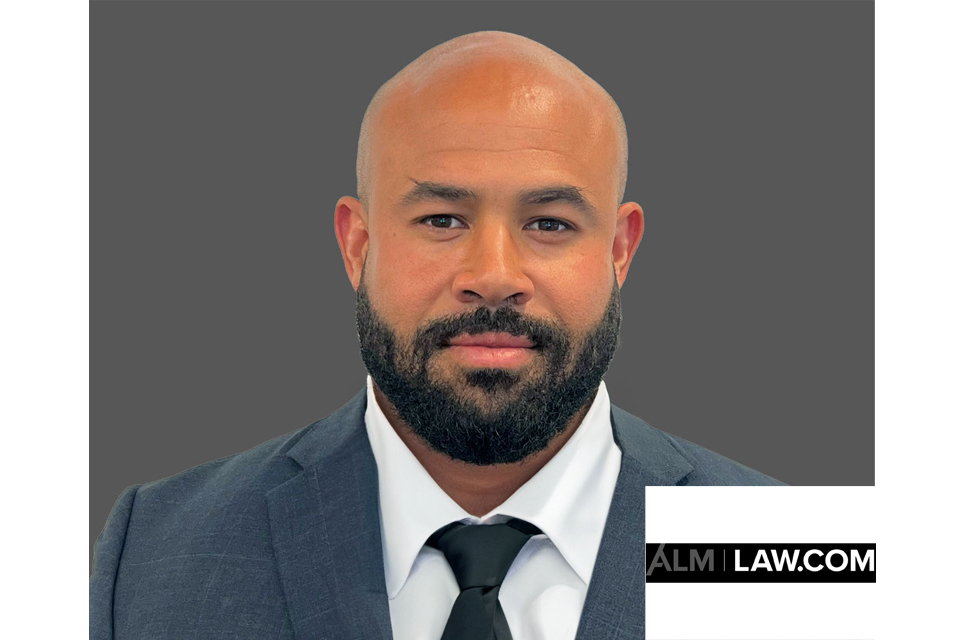





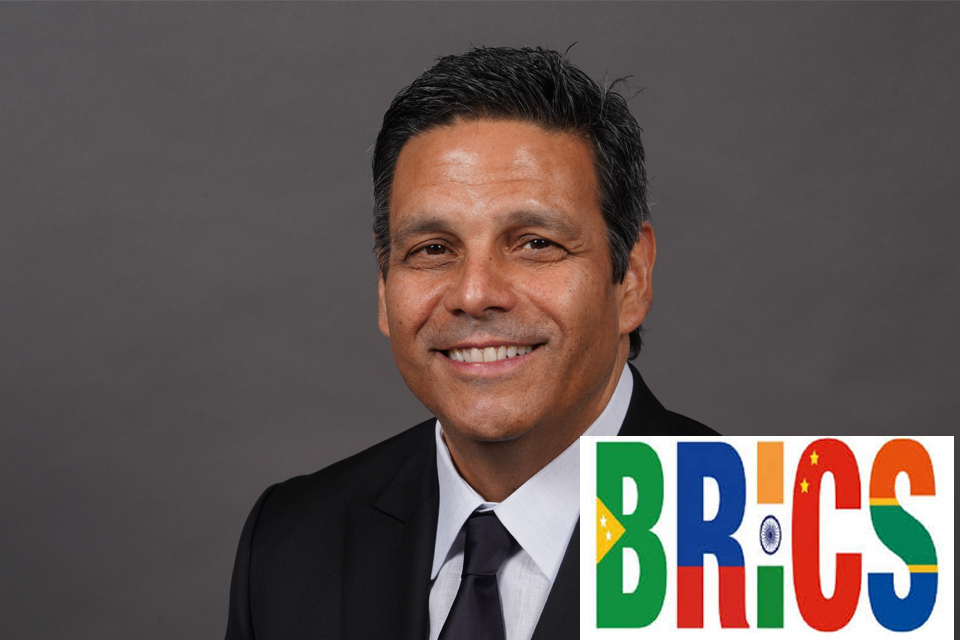


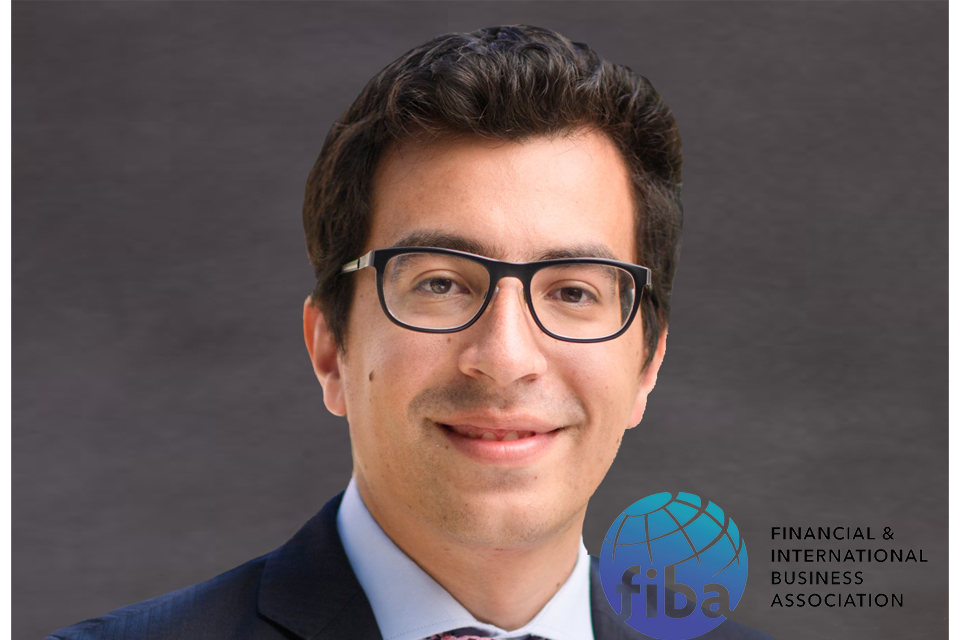
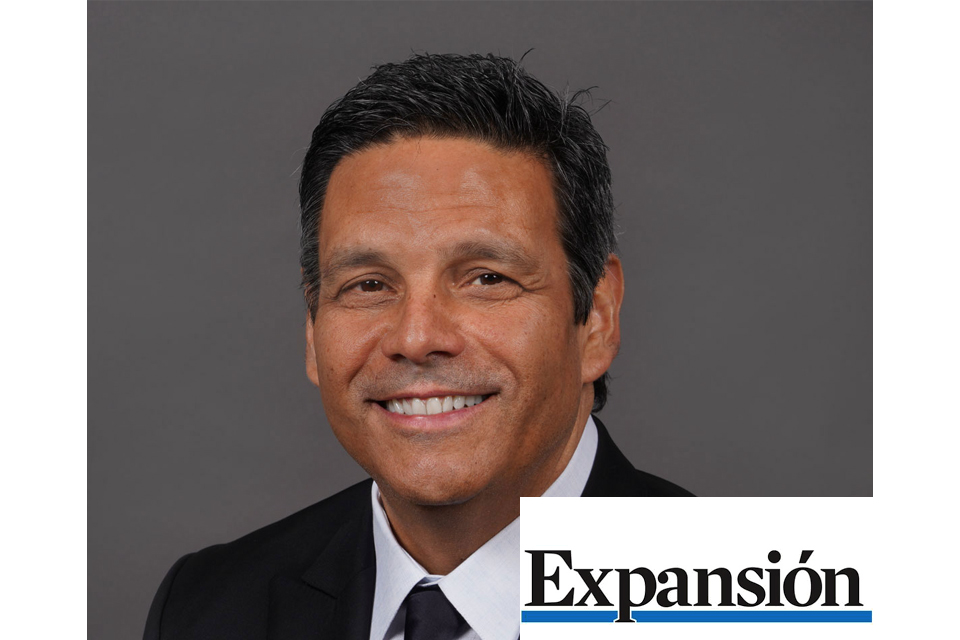












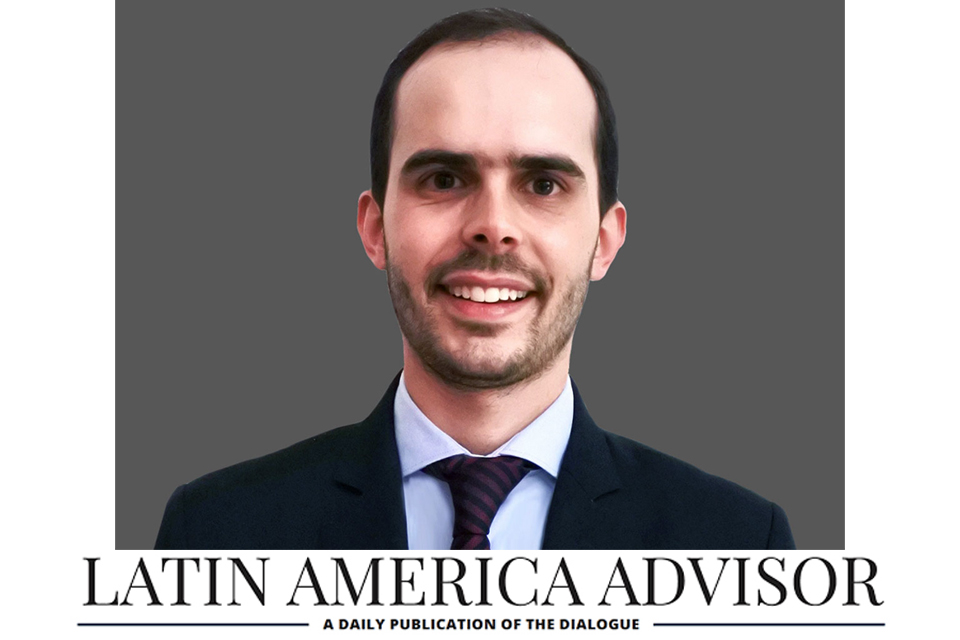

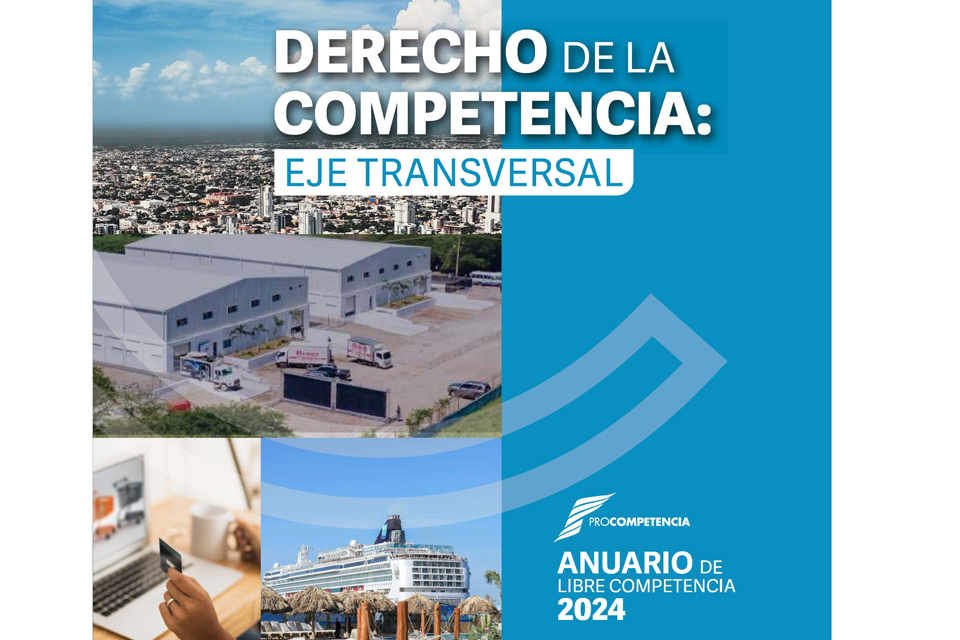








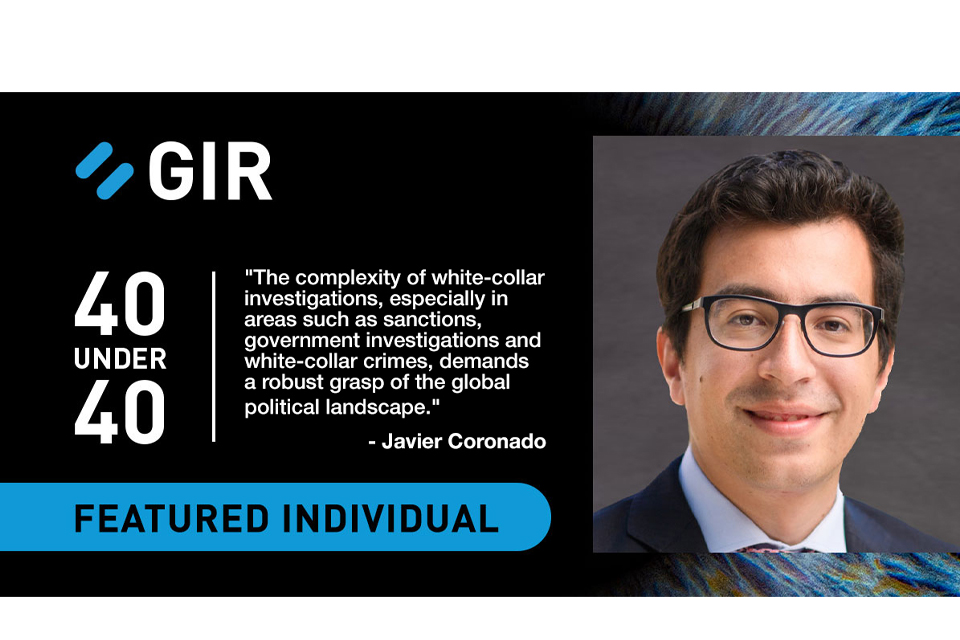















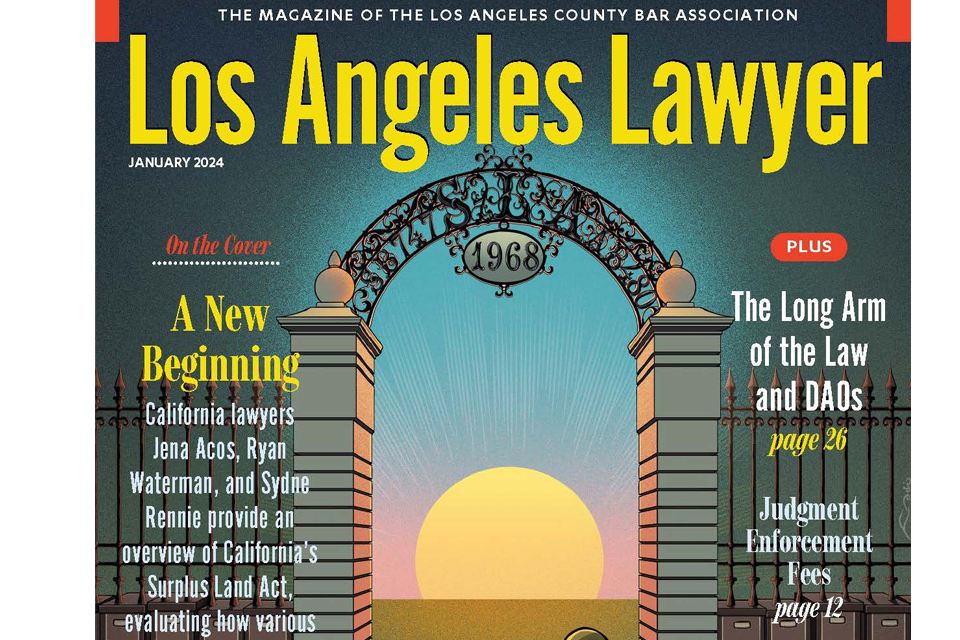


















![Especial abogados Salón de la Fama[61] 4](https://diazreus.com/wp-content/uploads/2023/06/Especial-abogados-Salon-de-la-Fama61-4-1-pdf.jpg)















































































